Nagasaki: A picture of resilience
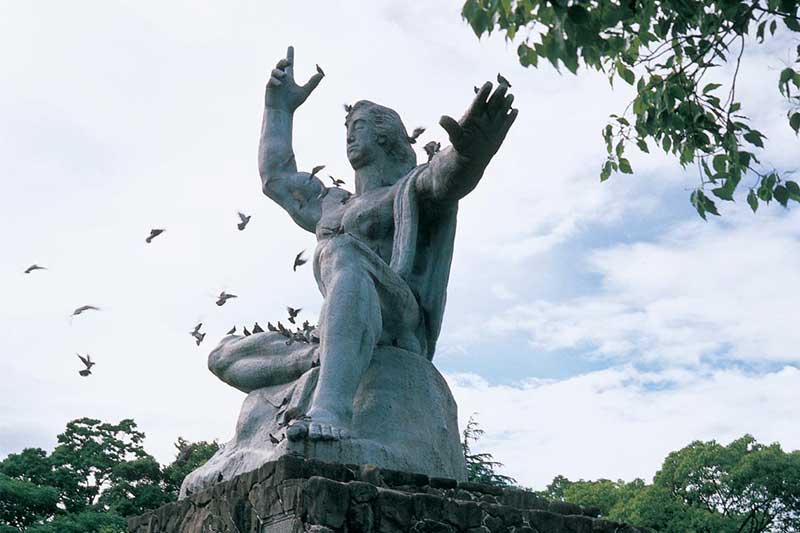
The Peace Statue in Nagasaki City stands as a symbol of the “supreme hope of human beings.” Nagasaki Prefecture
NAGASAKI, Japan — More than 70 years after the United States dropped nuclear weapons on the Japanese city of Nagasaki, the city stands as a memorial of the final stage of World War II.
More than 70,000 people were killed when a plutonium implosion-type bomb, also known as Fat Man, was dropped in Nagasaki City, one of the largest seaports in Japan.
The area within 2.5 kilometers of the explosion was totally devastated while the rest of the city was left in ruins. On the exact spot where the atomic bomb exploded stands a memorial monolith to mark the ground zero of the explosion.
Today, the hypocenter park is popular among locals for cherry blossom viewing during spring. About 500 cherry blossom trees are planted in the park which captures the “power of revival.”

A monolith stands in the hypocenter of the atomic bomb explosion in Nagasaki City. Patricia Lourdes Viray
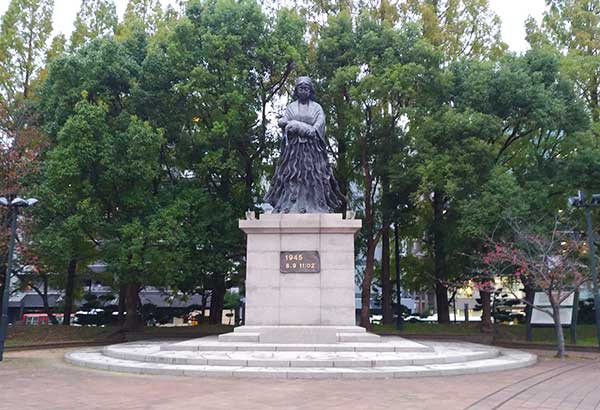
Across the street from the Hypocenter Park is a memorial park where the iconic Peace Statue can be found.
Unveiled in 1955, the Peace Statue stands as a symbol of the “supreme hope of human beings.” The right hand pointing skyward appears to warn of the threat of nuclear bombs while the left hand stretching out horizontally symbolizes world peace. It’s slightly closed eyes depict a prayer for the souls of all the victims of the atomic bomb.
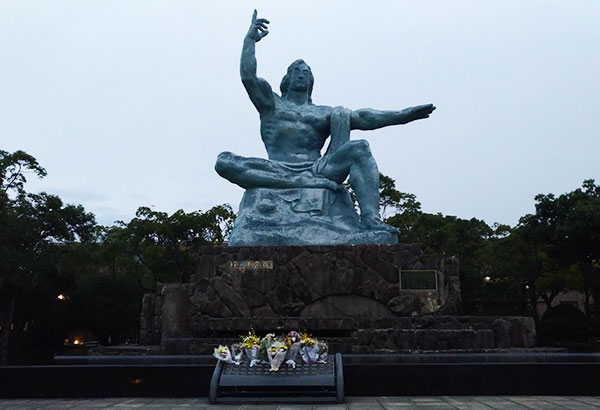
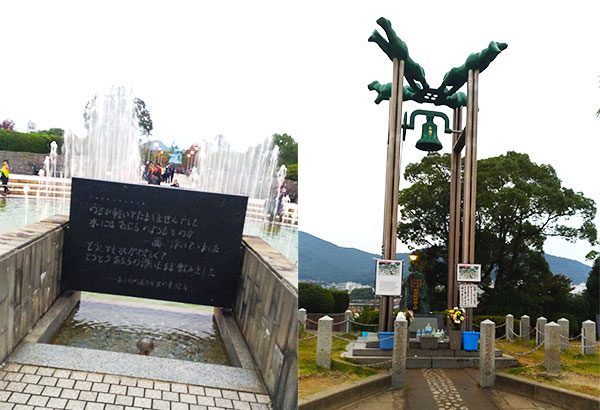
Paper cranes, symbolizing peace and hope, can be seen in the museum and the surrounding area. It follows the story of Sadako Sasaki, a 12-year-old girl who died of radiation-induced leukemia 10 years after the atomic bomb exploded near her home in Hiroshima. She folded 1,000 origami cranes before her death, believing that she will get well if she finishes it.


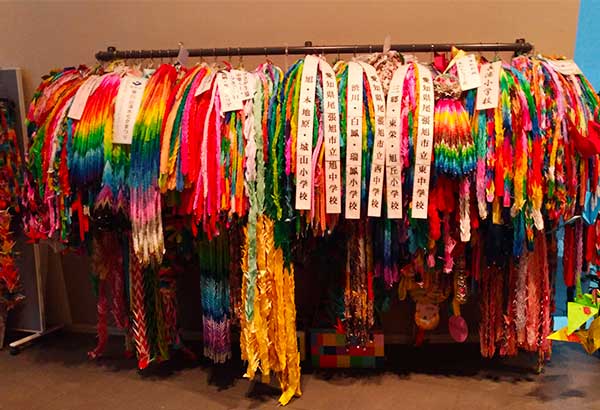

Visiting the Nagasaki Atomic Bomb Museum or the Hiroshima Peace Memorial Museum is part of the education requirement of Japanese schools as the atomic bomb explosion in 1945 is a vital part of their country’s history. Japanese students present 1,000 paper cranes to the museum in tribute to Sadako. It also stands as a call for the total abolition of nuclear weapons.
As Nagasaki marked the 72nd anniversary of the atomic bombing in August, Mayor Tomihisa Taue urged the Japanese government to adopt the United Nations treaty banning nuclear weapons. A total of 121 UN member-states adopted the Treaty on the Prohibition of Nuclear Weapons, the first legally binding international agreement that comprehensively prohibits nuclear weapons.



















